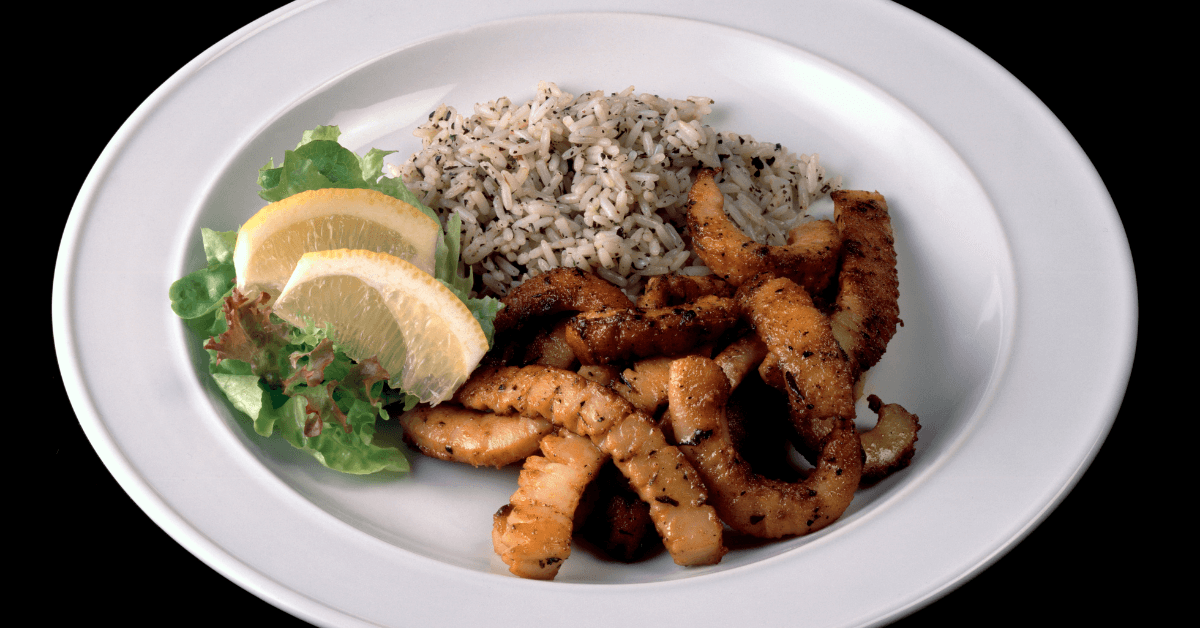Discovering Traditional Food In Zimbabwe: 8 Must-Try Dishes
What is the most traditional food in Zimbabwe? The country is incredibly diverse and its national dishes can't be confined to just one. From fried caterpillars to chicken livers and peanut butter rice, Zimbabwean foods are exotic and brimming with flavor thanks to the delicate blend of herbs and spices sprinkled into every dish.
Many of the foods of Zimbabwe are simply prepared, but don't let this fool you into thinking that Zimbabweans don't know how to cook! Here are eight traditional dishes that will have you ordering second helpings.
Tasting food in Zimbabwe is a cultural experience. Your eyes and ears aren’t the only senses that are important for sightseeing. Use your sense of taste to guide you on an epic tour of Zimbabwe’s most diverse and unique dishes.
8 Traditional Foods In Zimbabwe
One of the best ways to experience a country fully is through its traditional foods. On your trip to Zimbabwe, be sure to order these mouth-watering dishes that you'll be dying to recreate at home.
Sadza
Sadza is a staple food in Zimbabwe that is served with everything from tomato relish to Mopani worms. It is the most common form of carbohydrate in Zimbabwe and can be eaten at breakfast, lunch, or dinner time. Sadza is a thick porridge made of very fine cornmeal, which is known as "mealie meal" and is made by combining the meal with water on the job and cooking until it forms a thick paste.
Sadza is eaten all across Africa, although it goes by many names depending on which country you're in, such as pap in South Africa and ugali in Tanzania. While sadza is a flavorless dish, it is always eaten as a filling accompaniment to tastier dishes and you will find it on every menu across the country.
Mopane Worms
Mopane worms are a delicacy that is eaten across Africa, but tourists often turn their noses up at. The worms are actually a particular species of caterpillar which are harvested during the rainy season and dried to enjoy throughout the year. You can buy mopane worms in all supermarkets and they can be eaten in a variety of ways. You can eat them dry, as you would a bag of crisps.
Alternatively, the most popular way to serve this common food in Zimbabwe is in a stew, mixed with garlic, onions, tomatoes, and spices such as cayenne pepper or curry powder. If you're an adventurous eater, you'll definitely want to give mopane worms a try.
Unusual or not, this dish is served widely across Zimbabwe and is revered as one of the most delicious meals. It is thought that mopane worms have been a Zimbabwean food for over 6,000 years, and the dish is full of nutrition, with a high protein count.
Nyama
Another Zimbabwe food staple is Nyama — a traditional beef stew, which you'll find served at every celebration, from Christmas to birthdays. It is made by frying beef with garlic, adding water, and reducing it to a simmer before adding additional ingredients such as curry powder, onion, tomatoes, carrots, and green beans.
Everyone cooks it a little differently according to their preferences and kale is a popular addition to the stew, as is allspice seasoning. In Zimbabwe, the whole animal is eaten, and you may find different cuts of beef in your Nyama. This stew is often served alongside sadza and is best eaten piping hot, straight out of the pot.
Mupunga Unedovi
One of the most simple but comforting foods in Zimbabwe is mupunga une dovi, also known as peanut butter rice. It is often paired with beef or chicken stews and is made by cooking rice as normal with a little salt and stirring in a generous helping of peanut butter at the end. While it may seem straightforward, paired with a hearty stew, peanut butter rice packs a tasty punch.
Gango
Gango is a chicken dish that uses up all of the parts of the bird that would usually be discarded, such as livers, feet, and gizzards. It is a one-pot wonder that combines these undesirable parts of the chicken with spices such as curry powder, garlic, and red pepper flakes.
Several vegetables make their way into the dish, including kale, onion, and peppers, and it is served alongside rice or sadza. The dish is relatively new in Zimbabwe, but has caused quite a storm and has snuck onto menus across the country as the meal of choice for many locals.
Do you love trying delicacies from around the globe? Join our community and compare weird and wonderful dishes with other travel lovers.
Chimukuyu
Chimukuyu is also known as biltong and is a form of dried and cured meat. While it is most common to use beef, other types of meats used for the dish include ostrich and kudu. Strips of meat are hung over a log above the fire until it is dried out, after marinating in apple cider vinegar, coriander, ground pepper, sugar, and salt. It can be served in a variety of ways, but is often eaten in tidbits as it comes.
Chikenduza
If you have a sweet tooth, you'll want to try chikenduza on your trip to Zimbabwe. It is a candy cake that is made with traditional cake batter ingredients, as well as yeast and red food coloring, rolled into balls, and baked in the oven. They are topped with a shiny and decadent pink glaze and gobbled up quickly!
The difference between chikenduza and other forms of cake is that it is almost double the size of a traditional muffin. It can be found in most bakeries and is a well-loved food in Zimbabwe.
Muriwo Unedovi
Peanut butter is a staple in many traditional dishes in Zimbabwe, including muriwo unedovi. In this case, it is a way of adding a splash of magic to boring greens. Any leafy vegetable can be used, such as spinach, kale, or collard greens. The greens are sauteed with onions and tomatoes, before adding peanut butter and a splash of water.
This is the most simplified version of the dish, and you may find more flavorful alternatives across the country, which add ingredients such as smoked paprika, garlic, and scotch bonnet pepper sauce.
Final Thoughts On Food In Zimbabwe
Food in Zimbabwe is fresh, simple, and spiced to perfection. It utilizes crops that are grown locally and recipes have remained unchanged for thousands of years. Cooking in Zimbabwe is passed down through the generations, and you'll find all of the dishes you try to be filled with heart and soul.


